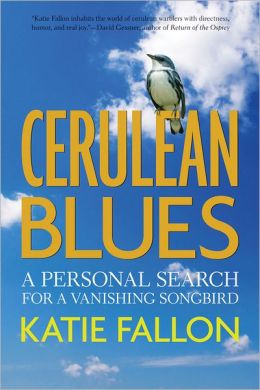With the recent releases of the 2014 State of the Birds Report, birds have been in the news. There’s good news and there’s bad news:
One of the species of concern is the cerulean warbler, which is a small migrant that lives and breeds in Eastern forests and then heads to the tropics for the winter. I’ve been reading an interesting book about these
In addition to the State of the Birds Report, the Audubon Society recently issued its Birds and Climate Change Report, 314 Species on the Brink. The accompanying website allows you to see how the specific species in your area are affected by climate change – this is really a cool tool for educating yourself about your local area!
We know that the biggest conservation successes will come from preserving large areas and making some big changes in how we get our energy, but how can one person help? Adrian Higgins, in his Washington Post column, had a few great ideas:
- Keep your cat indoors. Cats kill as many as 2.4 billion birds per year in the U.S. Additionally, the presence of a cat can affect breeding success for birds.
- Plant native plants. They encourage growth of insect populations and provide fruit for bird species.
- Limit, or better yet eliminate, pesticides in your yard.
- Provide freshwater through bird baths, ponds, and fountains.
After you’ve created your bird-friendly habitat, get yourself a pair of binoculars and a bird ID book and enjoy your feathered visitors!
No comments:
Post a Comment